Inarguably, cuisine has always been the focus of Sikkim tourism, with travellers visiting from across the globe, and food being one of the things that truly connects them, almost instantly, to this Northeastern State. Sikkim Cuisine’s authentic taste and unique way of preparation are the features that make it worth trying when you are travelling to this state. Expect to get into a gastronomic affair, with an amalgamation of cuisine on offer like Tibetan, Sikkimese and Nepali.
Lentils and rice are the staple food of the people in Sikkim that are cooked in a simple way with just some seasoning of local spices and dried chilli. Sikkim Cuisine’s common ingredient is Gundruk, which are leaves of the mustard oil plant that are left to sun dry. It usually gives a tangy taste to the dishes and tastes quite nice. For the side dishes, the locals prefer Potato Curry better known as Dum Aaloo and tangy dips or chutney. As snacks, Churpi is savoured the most in the state. This fermented dairy product is made from cow milk and it tastes creamy the more you chew.
The cuisine of Sikkim mostly consists of non vegetarian dishes such as Phagshapa, a pork dish cooked with radish and chillies. Thukpa is another common dish in Sikkim, in which a noodle soup that consists of meat chunks and variety of vegetables is served. In some Thukpa dishes, rice is also sprinkled on top; this dish is a heavy meal ideal for a brunch. A similar dish to Thukpa is Thenthuk, which is originally a part of Tibetan Cuisine and is just a thicker and heavier blend of mix vegetables. Yet another popular dish in Sikkim is dumpling or Momo, which is evidently an all time favourite of all.

In Sikkim, Chang or Thomba is a local drink made by fermenting millet using yeast. This traditional alcoholic beverage is widely offered during festivals. Speaking of festivals, a homemade, Sel Roti, which is a sweet ringed shaped rice bread is widely prepared during Tihar festival and on several other occasions. Indeed, Sikkim is a must visit destination to savour dishes that are not only stomach filling but also are a reflection of both, a rich culture and a strong influence from the neighbouring countries.






















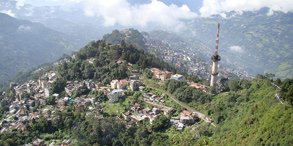


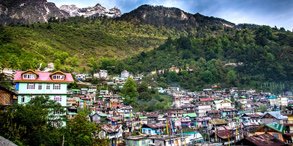
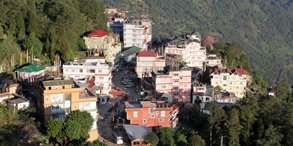


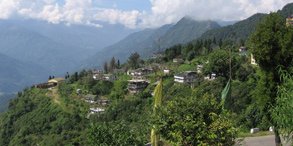

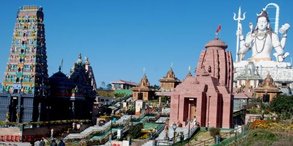
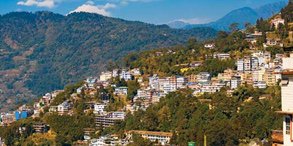

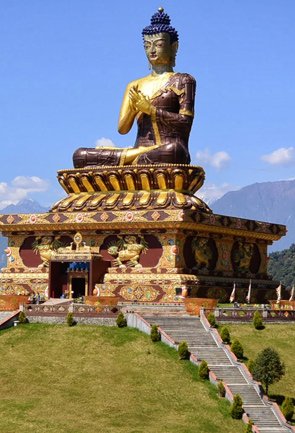

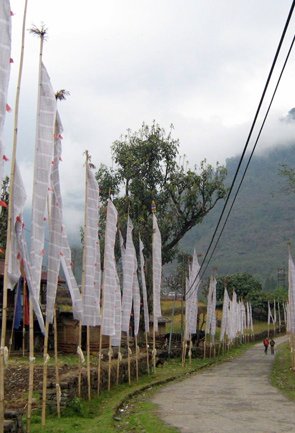


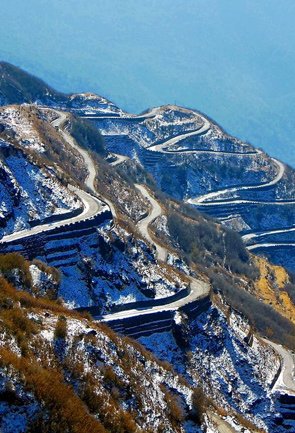

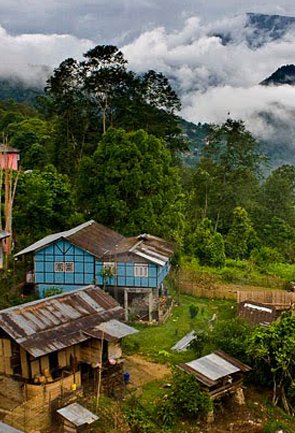
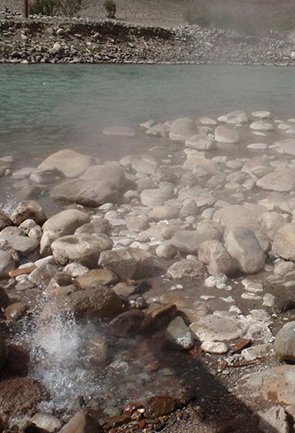
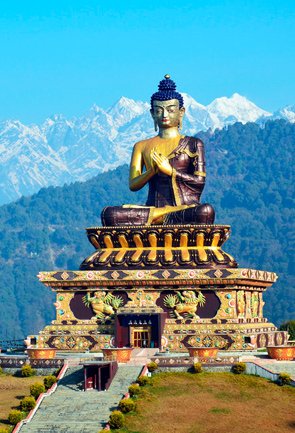

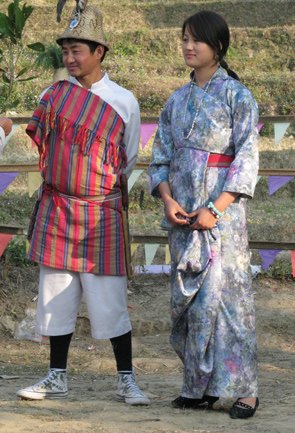
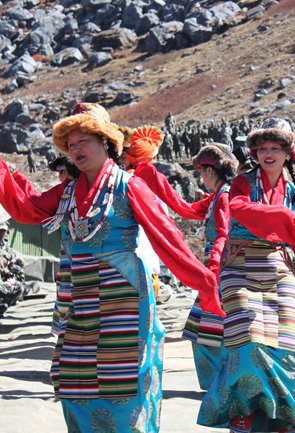
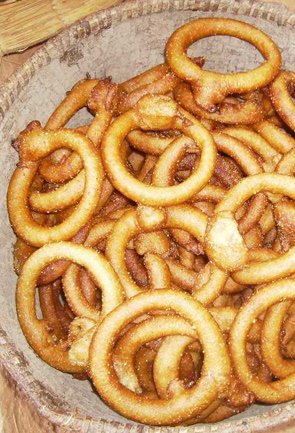


 Plan Trip
Plan Trip Call Us
Call Us Packages
Packages Home
Home